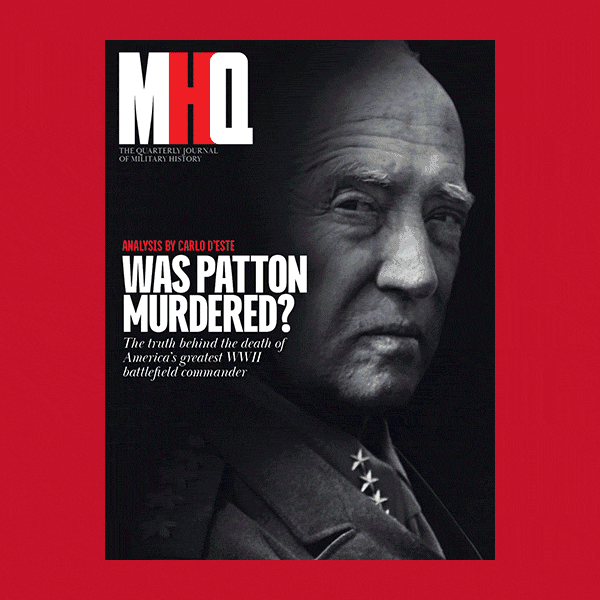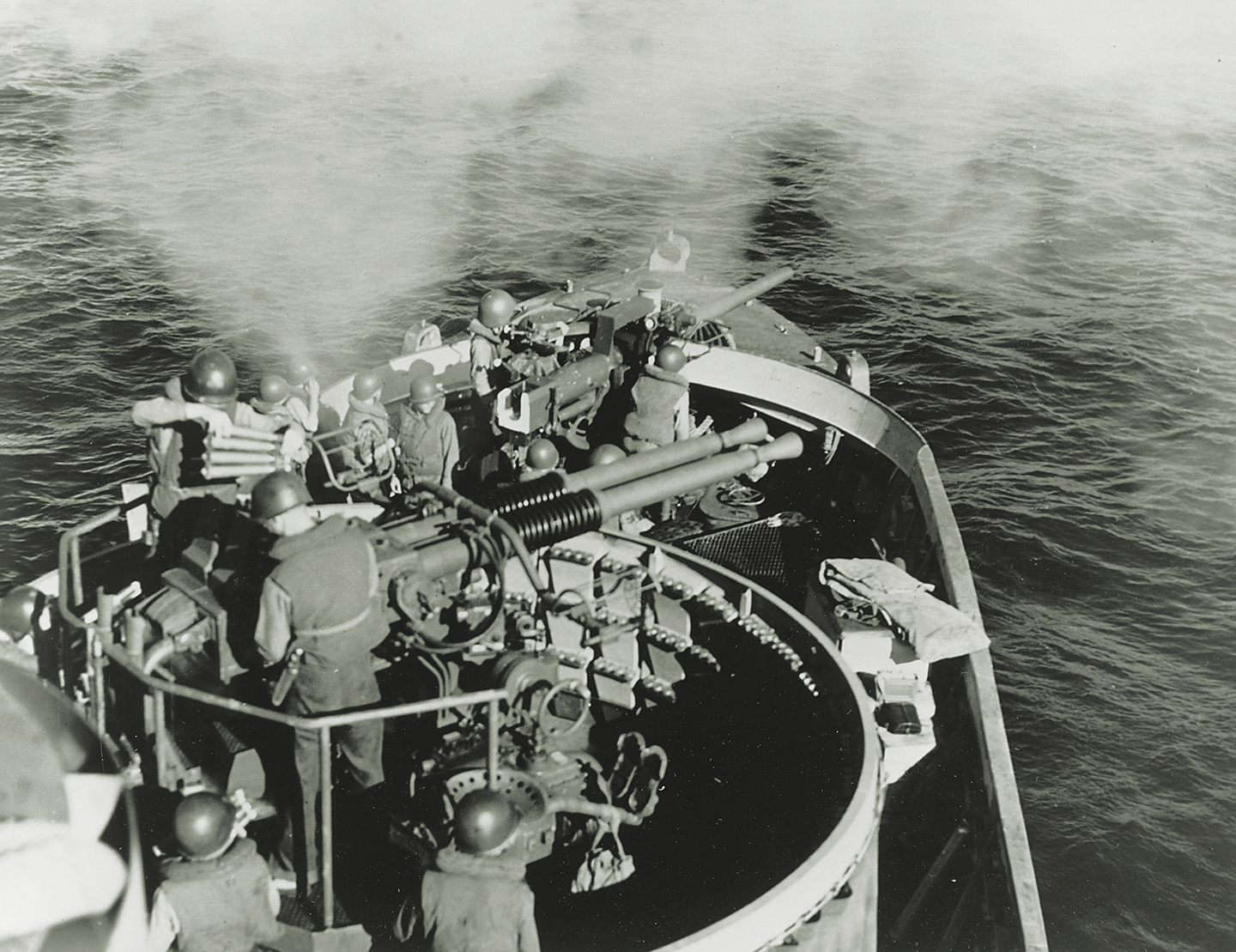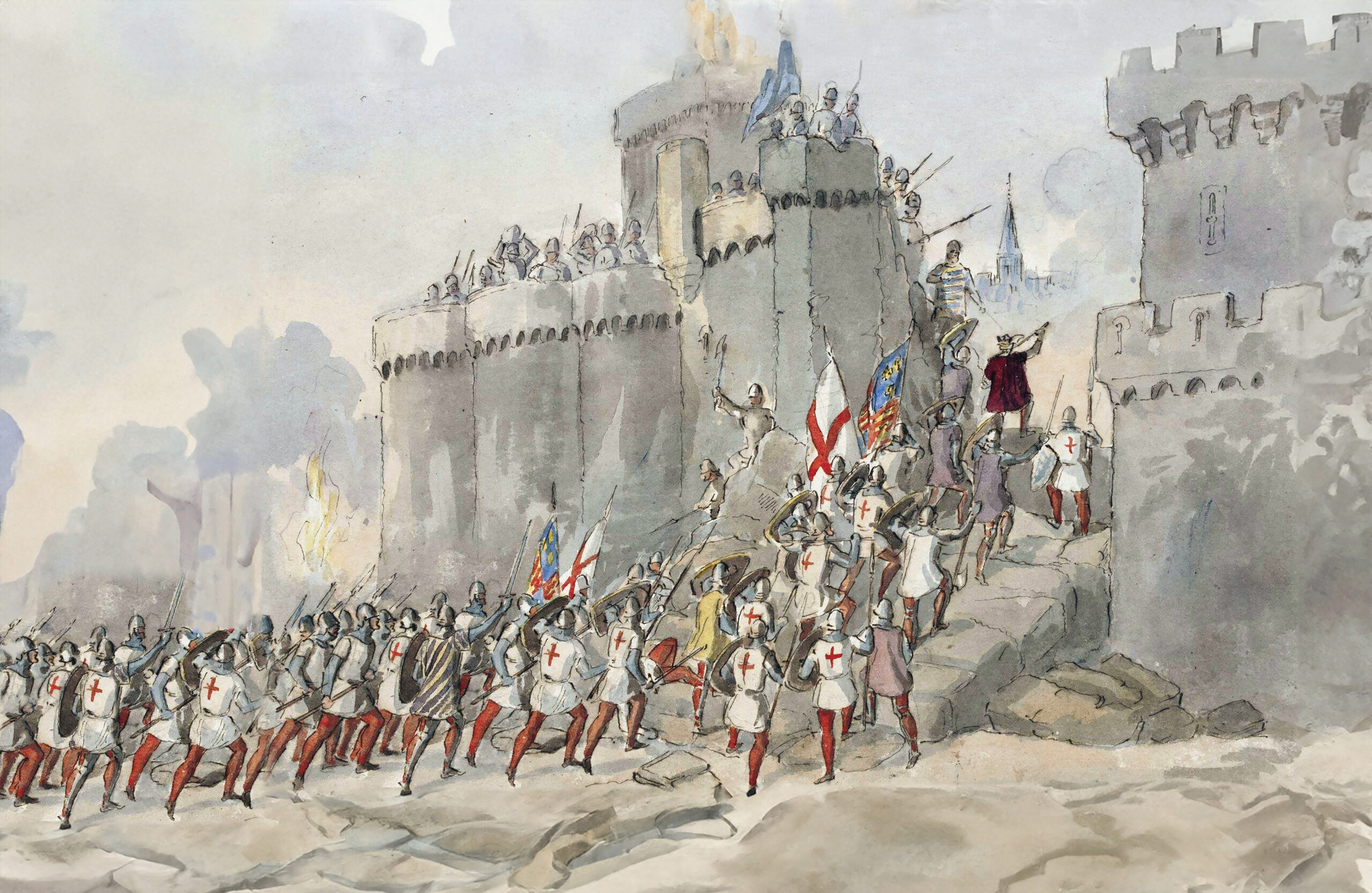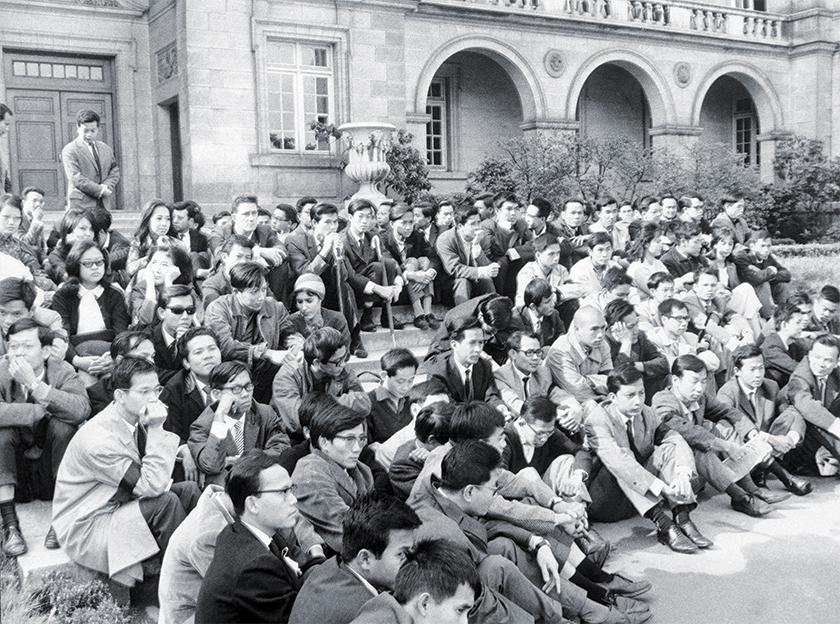The hardy war hammer could fend off blows from swords and axes.

The war hammer, as crude as it seems, was a practical solution to a late-medieval arms race between offense and defense. From the 14th century, steel plate armor spread amongst the warrior classes. The angled and hardened surfaces of plate armor were highly resistant to thin-edged blows from swords and axes. The war hammer was one solution to defeat this protection.
War hammers relied on concussion rather than penetration to fell armor-clad opponents. Although there are ancient examples of war hammers across cultures, the weapon became commonplace in Europe from the second half of the 14th century.
Design
The basic war hammer design consisted of a long haft (one-handed or two-handed versions were developed) terminating in a metal hammer head. Swung with force, the hammer would deliver a crushing blow to the head, limbs or body of an armored opponent, inflicting enough blunt force trauma to stun, disable or kill.
Between the 14th and 15th centuries, war hammer design was improved for both functionality and lethality. In addition to the hammer head, the weapon acquired various designs of sharpened picks on the opposite side, these designed to penetrate armor or to act as hooks for pulling warriors off horses, or to grab reins or shield rims. Some war hammers also acquired a thin top spike for stabbing attacks; warriors soon learned to stun the opponent with the hammer, then finish him off with the pick or spike.
Developments
The Swiss refined the hammer head into a three- or four-pronged affair, which with a long spike and pick plus a 6 1/2-foot haft created the terrifying Lucerne war hammer. Hafts were often strengthened with all-metal langets. War hammers were mainly used by cavalry, although they did find widespread service amongst infantry ranks.
In Western Europe, they continued in use into the 16th century until the introduction of firearms rendered plate armor obsolete, but in Eastern Europe they were wielded by Polish hussars through the 17th century and into the early 18th century.
Hammer
The hammer head had a cross-section of only about 2 inches square, to concentrate the impact of the blow into a small area, increasing the concussive effect.
Pick
Spiked heads could be straight, hooked, thick, thin, short or long. If the weapon was swung with full force, the pick was capable of puncturing plate armor.
Haft
The haft of a war hammer varied anywhere between 2 feet to 6 1/2 feet in length, the short variants used for close-quarters combat, the longer variants for deep swinging attacks from the back of a horse.
Langets
Metal reinforcement strips running up the side of the haft prevented the weapon from being shattered by enemy sword blows.



















